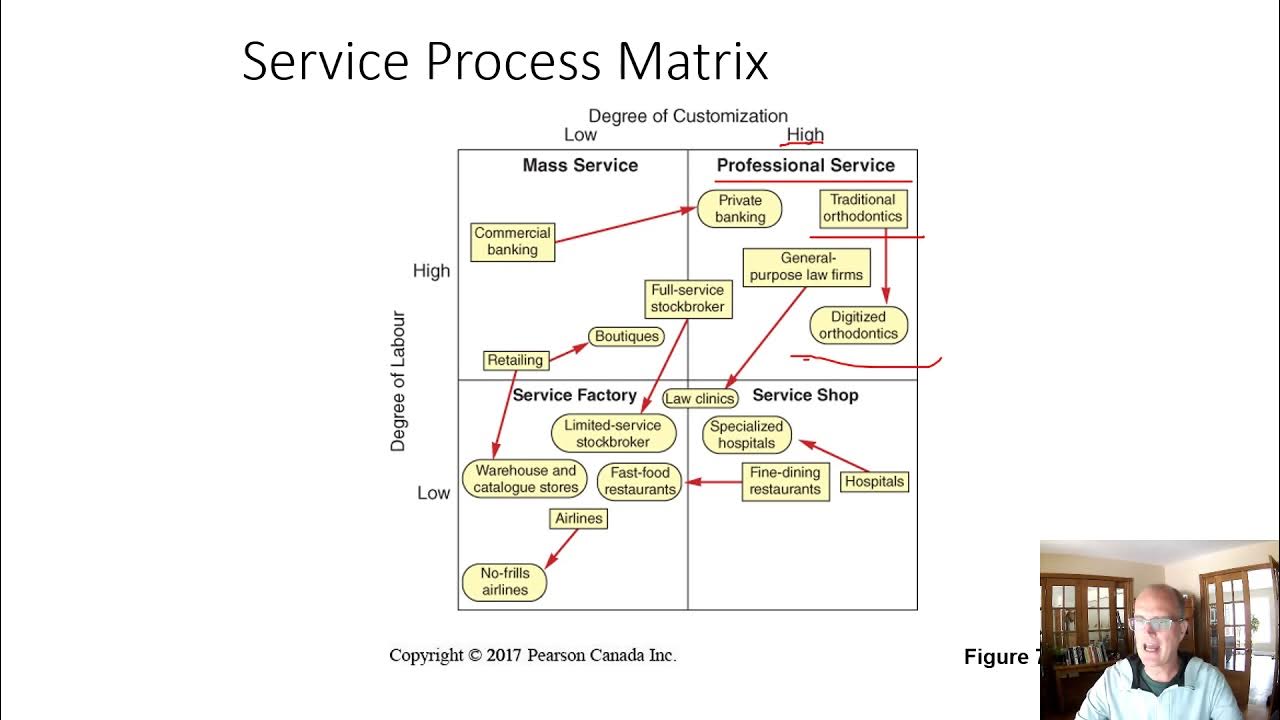What Is The Difference Between Service Recovery And Service Failure? - Customer Support Coach
Summary
TLDRThis video explores the crucial differences between service failure and service recovery. Service failure occurs when a business does not meet customer expectations, causing dissatisfaction and potential loss of clients. Service recovery, on the other hand, involves addressing these failures through acknowledgment, responsibility, and empathetic solutions, transforming negative experiences into positive ones. The video highlights the importance of timing, purpose, and outcomes in distinguishing the two concepts. It also emphasizes training strategies for businesses, including proactive prevention, clear recovery protocols, and follow-up actions, ultimately enhancing customer satisfaction, loyalty, and long-term relationships.
Takeaways
- 😀 Service failure occurs when a business does not meet customer expectations, such as through delays, defects, or poor service quality.
- 😀 Customers often feel disappointed and dissatisfied after a service failure, which can lead them to switch to competitors if not addressed.
- 😀 Service recovery is the process of addressing a service failure to regain customer trust and satisfaction.
- 😀 Effective service recovery involves acknowledging the issue, taking responsibility, and offering solutions.
- 😀 Active listening and empathy are crucial during service recovery to make customers feel valued and heard.
- 😀 Service failure focuses on the occurrence of a problem, whereas service recovery focuses on resolving that problem.
- 😀 Timing differs: service failure happens when expectations are not met, while service recovery occurs after the failure.
- 😀 Outcomes differ: service failure can lead to dissatisfaction, while successful service recovery can enhance loyalty and retention.
- 😀 Training programs should teach staff how to identify potential service failures and implement proactive prevention measures.
- 😀 Developing clear recovery protocols and following up with customers after resolution helps strengthen long-term customer relationships.
- 😀 Understanding the distinction between service failure and recovery enables businesses to improve overall customer satisfaction and create positive experiences.
Q & A
What is service failure?
-Service failure occurs when a business does not meet the expectations of its customers, which can happen due to product defects, delays, or poor service quality, often leading to customer dissatisfaction.
What is service recovery?
-Service recovery is the process that follows a service failure, involving steps to acknowledge the issue, take responsibility, offer solutions, and regain the trust of the customer.
Why is it important for businesses to understand service failure and service recovery?
-Understanding these concepts helps businesses improve customer satisfaction, prevent customer loss, and strengthen long-term customer loyalty.
What are the key differences between service failure and service recovery?
-The key differences are: purpose (problem occurrence vs. problem resolution), timing (failure happens when expectations are not met vs. recovery happens after the failure), and outcome (dissatisfaction vs. loyalty and retention).
How can service failure impact a business?
-Service failure can lead to customer disappointment, dissatisfaction, and may cause customers to switch to competitors if not addressed promptly.
What steps are involved in effective service recovery?
-Effective service recovery involves acknowledging the issue, taking responsibility, offering solutions, actively listening, showing empathy, and following up to ensure customer satisfaction.
Why is empathy important in service recovery?
-Empathy helps customers feel valued and heard, which can turn a negative experience into a positive one and strengthen the relationship with the business.
What role does timing play in service failure and service recovery?
-Timing is critical: service failure occurs at the moment expectations are not met, while service recovery takes place after the failure to address and resolve the issue.
How should training programs incorporate service failure and recovery concepts?
-Training should focus on identifying potential service failures, understanding their impact, developing proactive prevention measures, teaching effective recovery protocols, and emphasizing follow-up actions to ensure customer satisfaction.
What is the ultimate goal of service recovery?
-The ultimate goal is to restore customer trust, convert negative experiences into positive ones, and enhance customer loyalty and retention.
Can effective service recovery improve long-term customer relationships?
-Yes, successfully addressing service failures can boost customer loyalty and strengthen long-term relationships, creating a positive experience that encourages repeat business.
Outlines

此内容仅限付费用户访问。 请升级后访问。
立即升级Mindmap

此内容仅限付费用户访问。 请升级后访问。
立即升级Keywords

此内容仅限付费用户访问。 请升级后访问。
立即升级Highlights

此内容仅限付费用户访问。 请升级后访问。
立即升级Transcripts

此内容仅限付费用户访问。 请升级后访问。
立即升级5.0 / 5 (0 votes)






